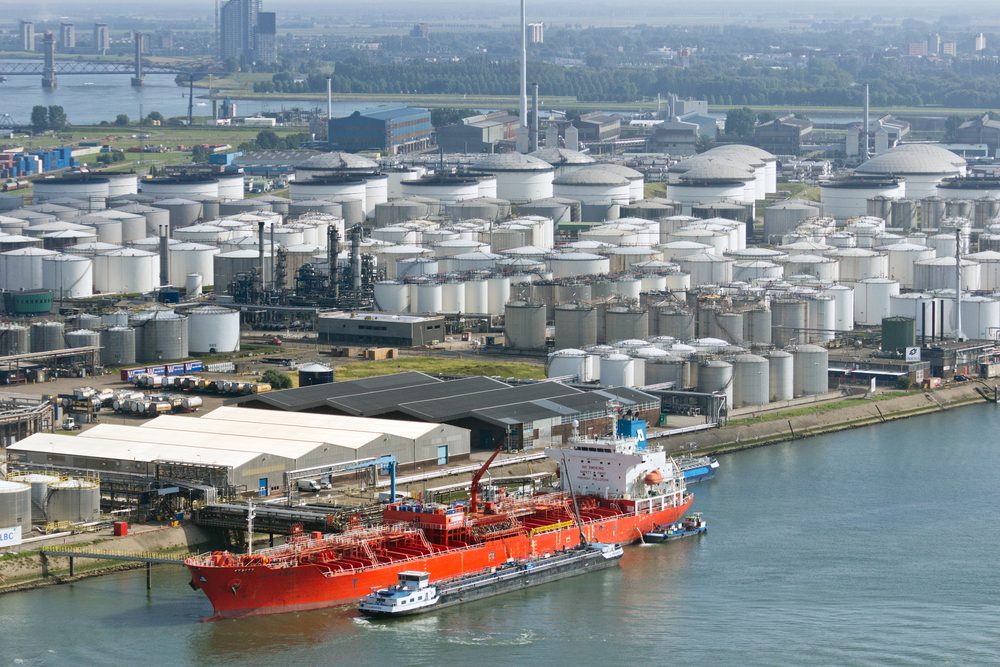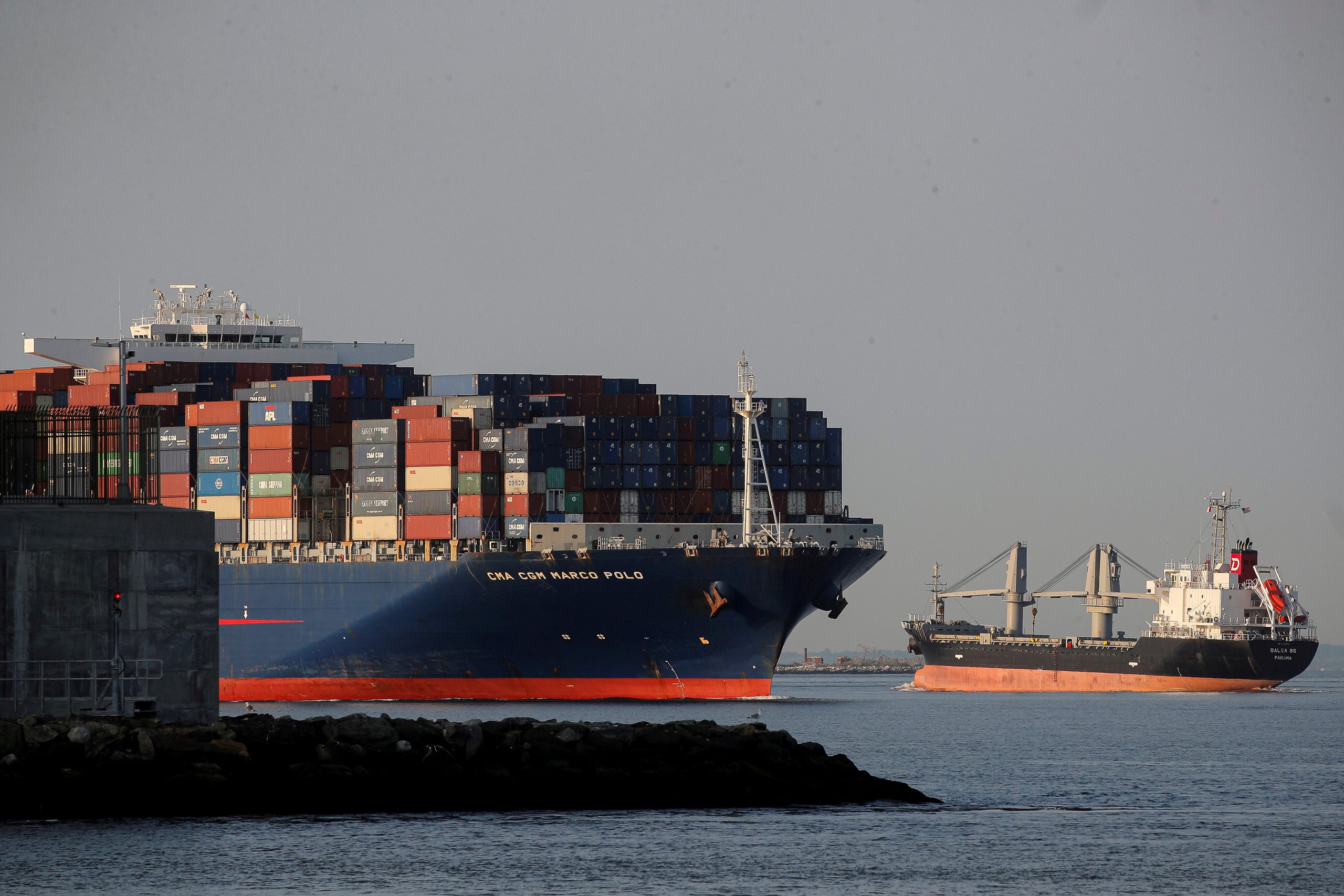Photo credit: By VanderWolf Images / Shutterstock
By Bill Lehane (Bloomberg) — Global oil demand is about to get a boost from a rule that’s supposed to help the environment.
The world’s refineries will need to process about 700,000 barrels a day more oil by next year directly as a result of a rule to cut the maritime industry’s sulfur emissions, according to refining analysts interviewed by Bloomberg. The extra supplies mightn’t be easy to find in a market where OPEC and allied producers are removing millions of barrels of supply, and may extend their curbs.
“Crude runs will ramp up starting in the third quarter of 2019, and rise through the fourth quarter,” said Eleanor Budds, Paris-based associate director for oil markets, midstream and downstream at IHS Markit Ltd.
From January, ships will have to lower the sulfur content in their fuel to 0.5 percent, down from 3.5 percent in most parts of the world today. Alternatively, they can fit kit called scrubbers that stops airborne release of the pollutant.
Acid Rain
Sulfur dioxide has been blamed for exacerbating health conditions such as asthma, as well as environmental concerns like acid rain. Despite the rules entering into force in January 2020, vessel owners are expected to start getting ready beforehand. That means demand for the new fuels will start accelerating later this year.
The problem — and one reason crude demand is expected to gain — is that refineries will have to start making more diesel-like products to cover a shortfall of residue-based marine fuel that’s expected to emerge. And to achieve that, they will have to run harder.
Year-on-Year
“We can expect year-on-year crude run increases to start to gather pace as we move out of the maintenance season over the next couple of months,” said Jonathan Leitch, research director for refining and oil product markets at Wood Mackenzie Ltd., an industry consultant. “Refiners are well aware of the upcoming changes and will be looking to capture as much margin as possible from the disruption.”
The expectation is that the ramp up in processing rates won’t last. Budds says the impact should diminish in 2021 and 2022.
Wood Mackenzie forecasts a gain of 700,000 barrels a day for refineries next year as direct result of IMO 2020, while Facts Global Energy is anticipating growth “towards the higher end” of a 500,000 barrels to 1 million a day range. Both firms say the ramp up should start to happen in the second half of this year.
“The refining industry won’t be able to produce enough low sulfur residual marine fuel, so it will have to make more marine gasoil to cover the shortfall,” said Jan-Jaap Verschoor a director at Oil Analytics, which tracks margins for hundreds of refining configurations worldwide. “The only way to do that in the short term is to ramp up run rates.”
His own estimate is that the IMO rule could boost processing rates by between 1 million to 2 million barrels a day.
© 2019 Bloomberg L.P

 Join The Club
Join The Club











